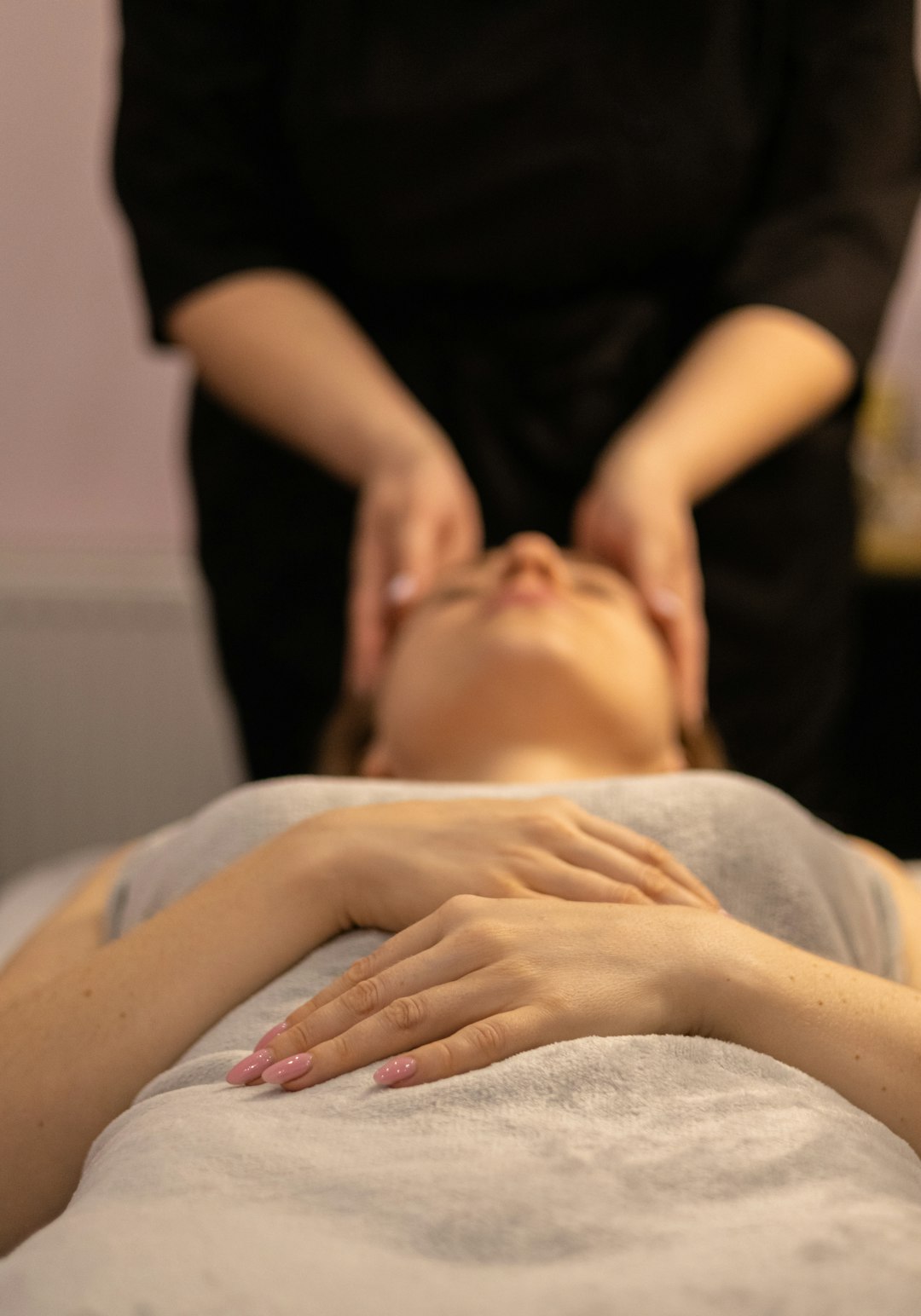
At Melissa McLaughlin Wellness in Danvers, MA, I offer Craniosacral Therapy (CST) to help you release deep tension, support your nervous system, and reconnect with your body in a safe, grounded way.
Craniosacral Therapy is a light-touch, hands-on technique that works with the central nervous system, releasing restrictions and promoting full-body healing—especially helpful for those experiencing stress, trauma, anxiety, or chronic pain. This technique aims to reintegrate body and mind to work as one holistic system and provide a general sense of well-being.
Some conditions addressed with Craniosacral Therapy are: Headache/Migraine, Anxiety and Panic Attacks, Brain and Spinal Cord Trauma, Central Nervous System disorders, Chronic (long-term) Neck and Back Pain, Fascial Pain, Fibromyalgia and Chronic Fatigue, and Motor-Coordination Impairments


Craniosacral Therapy (CST) is a gentle form of bodywork that uses light pressure to assess and balance the natural rhythm of the craniosacral system (which includes the brain, spinal cord, and surrounding membranes).
Through subtle, intuitive touch, this therapy helps release deep layers of tension, calm the nervous system, and allow your body to reset from within. It’s especially beneficial for trauma survivors, those with chronic stress, and anyone seeking a safe place to let go.
Craniosacral Therapy may be the answer for you. We will find and treat the root cause of your pain.
Initial Treatment is 75-Minutes. After the initial, you have options- 45-, 60-, 75- or 90-Minute Treatments. There are custom packages for those seeking ongoing treatments. Crnaiosacral Therapy may also be combined with Lymphatic Drainage and Medical Massage Treatments.
Located in Danvers, MA – Serving the North Shore & Greater Boston area
Melissa accepts Flex & Health Spending Accounts, cash or credit card payments.

With over a decade of experience in body healing, nervous system regulation, and functional wellness, I bring a unique and integrative approach to massage therapy. Each session is held with care, compassion, and clinical attention—so your body feels safe to heal.
Schedule YOUR Free Consult Below.
An intake form will be sent to you shortly after you schedule
"Melissa is awesome! She is so intuitive and customizes each and every massage to my needs for thar particular day."

Have questions about Craniosacral Therapy?
Learn more in these FAQ's!